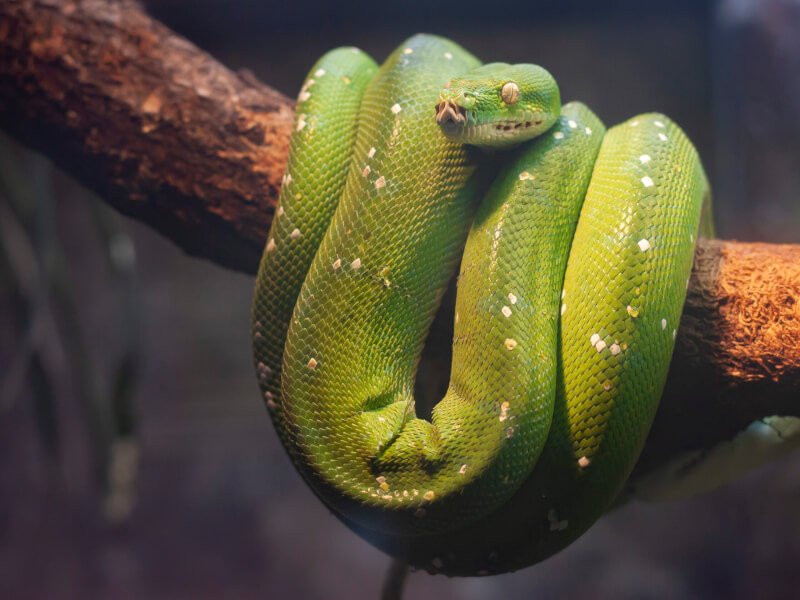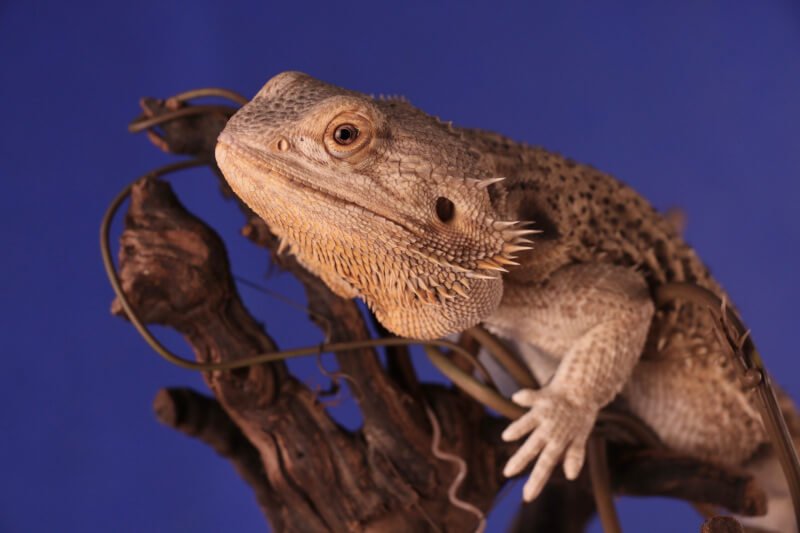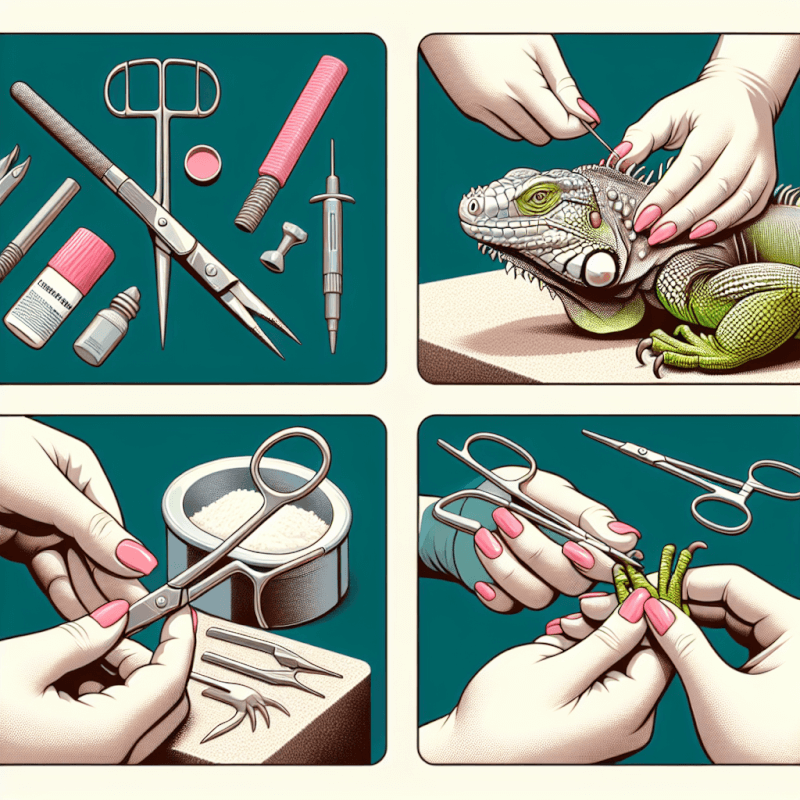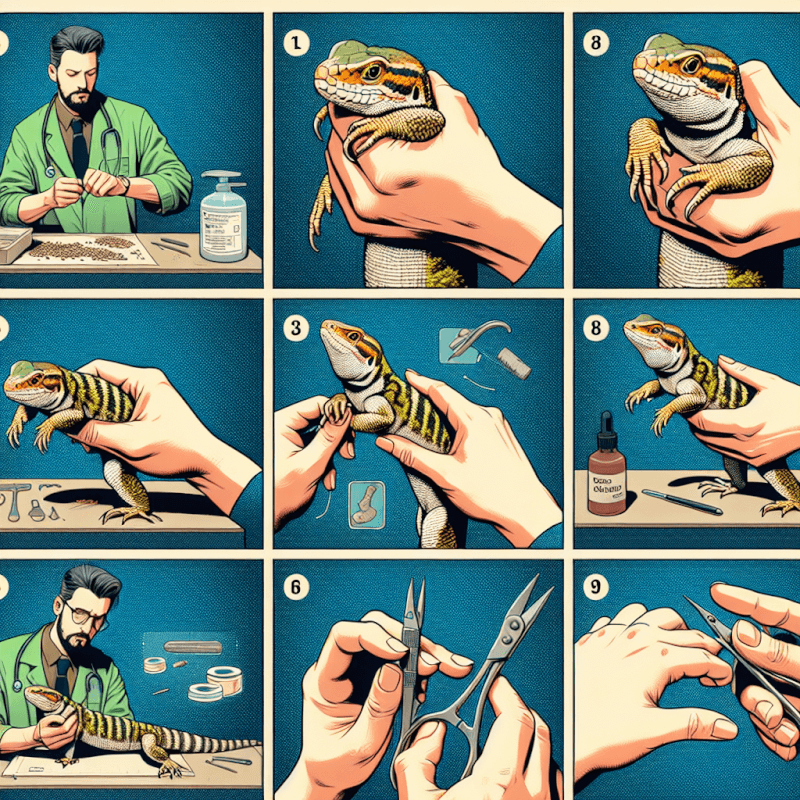Have you ever wondered how to safely trim your reptile’s nails? Whether you have a snake, lizard, or turtle, it’s important to keep their nails trimmed to prevent any potential harm or discomfort. But how exactly do you go about it without causing stress or injury to your scaly friend? In this article, we will explore some safe and effective methods for trimming your reptile’s nails, ensuring their well-being and keeping their claws in check.

Preparation
Before you begin trimming your reptile’s nails, it’s important to gather all the necessary supplies. Make sure you have nail trimmers specifically designed for reptiles, as well as styptic powder in case of any bleeding. Additionally, you may want to have a towel or reptile restraint bag on hand to safely hold your reptile during the nail trimming process.
Preparing the area is crucial to ensure a safe and comfortable environment for both you and your reptile. Find a quiet and well-lit space where you can easily access your reptile. Lay down a soft surface, such as a towel or mat, to prevent any accidental slips. Having all your supplies organized and within reach will make the process more efficient.
Consider getting assistance, especially if you’re new to nail trimming or have a particularly resistant or large reptile. Having an extra pair of hands can help keep your reptile calm and still while you focus on trimming their nails. A trusted friend, family member, or reptile-savvy professional can provide valuable support during the process.
Understanding Reptile Nails
Knowing the purpose of reptile nails is essential to understanding why nail trimming is necessary. Reptiles use their nails for various functions, such as climbing, digging, and gripping. Trimming their nails helps prevent them from becoming too long and causing discomfort or potential injuries.
Identifying the different types of reptile nails can aid in determining the appropriate trimming technique. Some reptiles have claws, while others have more delicate and curved nails. Understanding your specific reptile’s nail type will allow for a more tailored approach to their nail care.
Recognizing nail anatomy is vital for a safe and successful nail trim. Reptile nails consist of a hard outer shell called the keratin sheath and a sensitive inner quick that contains blood vessels and nerves. It’s important to avoid cutting into the quick, as it can cause pain and bleeding.
Determining the Right Time
Observing your reptile’s behavior is a crucial step in determining the right time for nail trimming. Look for signs that their nails are getting too long, such as difficulty walking or perching, or nails getting caught on surfaces. It’s also important to assess your reptile’s temperament and stress levels. Choose a time when they are calm and relaxed, as this will make the trimming process easier for both of you.
Choosing the opportune moment when your reptile is more likely to be still is essential for a safe and stress-free experience. It could be right after a meal when they are feeling content, or during a period of the day when they tend to be less active. By considering their natural behavior patterns, you can increase the chances of a successful nail trim.
The frequency of nail trims varies depending on the reptile species and their individual growth rate. Some reptiles may require trims every few weeks, while others can go longer between trims. Regularly assessing your reptile’s nail length and behavior will help you determine how often they need to be trimmed.
Restraint Techniques
Using the buddy system is an effective way to keep your reptile still and secure during the nail trimming process. Enlist the help of a trusted friend or family member to gently hold and stabilize your reptile while you focus on trimming their nails. This technique allows you to have both hands free for the trimming task and ensures the safety of both you and your reptile.
Opting for towel restraint can provide a sense of security and prevent your reptile from moving around excessively. Place a towel over your reptile, making sure to leave their head exposed. Gently but firmly hold them in place, allowing only the targeted nail to be exposed for trimming. This technique can be especially useful for smaller reptiles or those who are more skittish.
Trying a reptile restraint bag can be helpful if you have a particularly strong or resistant reptile. These specially designed bags allow for safe and secure restraint, providing minimal stress to your reptile. The bag should have appropriate ventilation and openings for access to the nails. Follow the manufacturer’s instructions carefully to ensure proper usage.

Tools for Nail Trimming
Selecting appropriate nail trimmers is essential for safely and effectively trimming your reptile’s nails. Nail trimmers designed specifically for reptiles are recommended, as they have the ideal shape and sharpness for reptile nails. It’s important to choose trimmers that fit comfortably in your hand and have a sturdy construction.
Consider alternatives to traditional clippers if your reptile has extremely delicate or curved nails. Miniature nail files or emery boards can be used to gently file down the nail length instead of cutting them. This method may be more suitable for reptiles with nails that are prone to splitting or reptiles who are particularly sensitive to clippers.
Preparing styptic powder is crucial in case of any bleeding that may occur during the nail trimming process. Styptic powder helps stop bleeding by promoting blood clotting. Have the powder readily available before you begin trimming, and apply a small amount to any bleeding nail immediately. It’s always better to be prepared and have the necessary tools to address any potential bleeding.
Techniques for Safe Trimming
Exposing and extending the nail is an important step in ensuring a safe and precise trim. Gently hold your reptile’s paw or foot, applying just enough pressure to extend the nail. This will allow you to clearly see the nail and avoid accidentally cutting into the quick. Take your time and be patient, especially if your reptile is not used to having their nails trimmed.
Identifying the live/dark area, also known as the quick, is crucial for avoiding pain and bleeding. The quick is the sensitive part of the nail that contains blood vessels and nerves. It’s usually visible as a darker area within the nail. Carefully observe and avoid cutting into the quick, as it can cause discomfort and bleeding. Trim just the tip of the nail, ensuring you leave a safe distance from the quick.
Making small, precise cuts is key to a successful nail trim. Begin with small cuts and gradually trim the nail to the desired length. This approach allows for more control and minimizes the risk of accidentally cutting too much. Regularly assess the progress and check for signs of bleeding or discomfort before proceeding with each cut.

Additional Considerations
Avoid cutting too close to the flesh when trimming your reptile’s nails. It’s important to leave a safe distance between the nail and the quick to prevent pain, bleeding, or potential infections. If in doubt, always err on the side of caution and trim less rather than risking injury.
Dealing with bleeding is a possibility during nail trimming. If you accidentally cut into the quick and bleeding occurs, remain calm and take immediate action. Apply a small amount of styptic powder to the bleeding nail using a gentle pressure. If the bleeding persists or seems excessive, consult a reptile veterinarian for further guidance.
Utilizing positive reinforcement can help make the nail trimming experience more pleasant for your reptile. Offer treats or praise at various stages throughout the process to reward their cooperation. Positive reinforcement promotes a positive association with nail trimming and can help reduce anxiety or stress associated with the procedure.
Post-Trimming Care
Applying antiseptic if needed is important to prevent any potential infections after nail trimming. If you notice any signs of redness, swelling, or irritation around the trimmed nails, carefully clean the area with an appropriate reptile-safe antiseptic. Consult with a reptile veterinarian if there are any concerns or if the symptoms worsen.
Monitoring for any signs of distress after nail trimming is crucial. Keep an eye on your reptile for a few hours following the trimming process. Look for any signs of limping, discomfort, or excessive grooming around the trimmed nails. If you notice any abnormalities or persistent distress, seek veterinary advice promptly.
Rewarding your reptile after the nail trimming session is an important part of the post-trimming care routine. Offer treats, gentle handling, or extra attention to reinforce positive associations with the experience. Ending the process on a positive note will increase the likelihood of future successful nail trims.

Alternative Approaches
Considering seeking professional help is always an option if you feel uncomfortable or are unsure about trimming your reptile’s nails on your own. Reptile-savvy veterinarians or experienced reptile groomers can provide expert guidance and handle the nail trimming process safely and efficiently. They can also offer additional advice specific to your reptile’s needs.
Exploring filing or grinding methods can be an alternative to traditional nail trimming techniques. Nail files or grinding tools designed for reptiles can gradually wear down the nail length without the need for cutting. This approach may be preferred for reptiles who are more sensitive or resistant to nail trimming.
Evaluating the use of rough surfaces can aid in naturally maintaining your reptile’s nails. Providing your reptile with various surfaces, such as rocks or logs, allows them to naturally wear down their nails as they climb or move around. Although this method may require additional monitoring and maintenance, it can be a suitable option for reptiles who do not tolerate direct nail trimming.
Common Mistakes to Avoid
Trimming too aggressively is a common mistake to avoid during the nail trimming process. Cutting into the quick can cause pain, bleeding, and potentially long-lasting discomfort for your reptile. Always prioritize caution and only trim a small portion of the nail at a time.
Neglecting proper nail care is another mistake to avoid. Regularly assessing your reptile’s nail length and condition is crucial for their overall health and well-being. Make nail trimming a part of their routine grooming and healthcare to prevent overgrown nails and potential issues in the future.
Overlooking signs of stress or discomfort can have negative consequences during the nail trimming process. Pay attention to your reptile’s body language, behavior, and vocalizations. If they show signs of distress, such as aggression or excessive attempts to escape, it’s important to pause the trimming and assess their comfort levels. Always prioritize your reptile’s well-being and adjust the process accordingly.
In conclusion, trimming your reptile’s nails safely requires proper preparation, understanding of reptile nails, choosing the right time, using appropriate restraint techniques, selecting the correct tools, employing safe trimming techniques, and considering additional factors such as post-trimming care and alternative approaches. By following these guidelines and being attentive to your reptile’s needs, you can ensure a positive and stress-free nail trimming experience for both you and your reptile.



